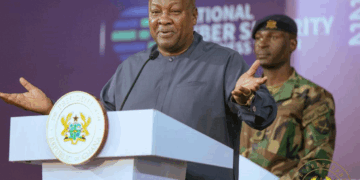IRFU mandates lower tackle height, below sternum level
The Irish Rugby Football Union (IRFU) has decided to continue enforcing a rule that keeps legal tackle height below the sternum during the 2025-26 season. This decision comes after early research suggested a noticeable drop in injury rates across the domestic game over the last two seasons. The initiative is part of a wider World Rugby trial launched in 2023, aiming to make the sport safer by reducing head impacts and the risk of concussion, particularly at the community level.
ICYMI: Aoife Donohue: Young talent key to Galway’s advantage
Positive impact from ongoing trial
Since the start of the 2023-24 season, Ireland has been testing this lower-tackle-height rule across its community games. While the full analysis of the collected data is still underway, the IRFU says the initial results are promising. According to a statement from the union, the trial has already shown reductions in total injuries, tackle-related injuries, and head impacts. This aligns with the goal of making rugby safer without compromising the flow or intensity of the game.
Comparing years of data
One thing that sets Ireland apart in this research is its ability to compare injury trends across multiple seasons. Caithriona Yeomans, the IRFU’s medical manager for domestic rugby, explained that they’re in a rare position to evaluate five seasons of data before the trial began and contrast that with the two seasons since it started. She also emphasized that they are not only relying on numbers but also analyzing video footage and feedback from players, coaches, and officials. So far, all signs point to a positive outcome.
Wider rugby community watching closely
Ireland is not alone in this movement. Both England and Scotland have implemented similar regulations to limit tackle height, signaling a broader push for change in the sport. Meanwhile, the global rugby community continues to debate player safety, especially as over 1,000 former rugby union and league players have joined a lawsuit against the sport’s governing bodies. These players claim more could have been done to prevent head injuries during their careers.


























